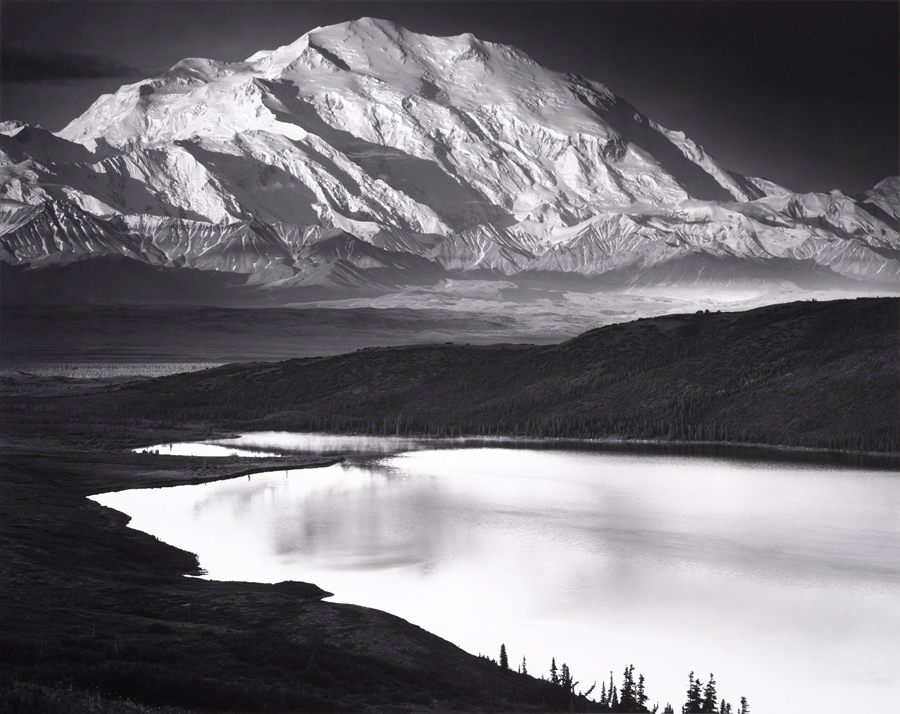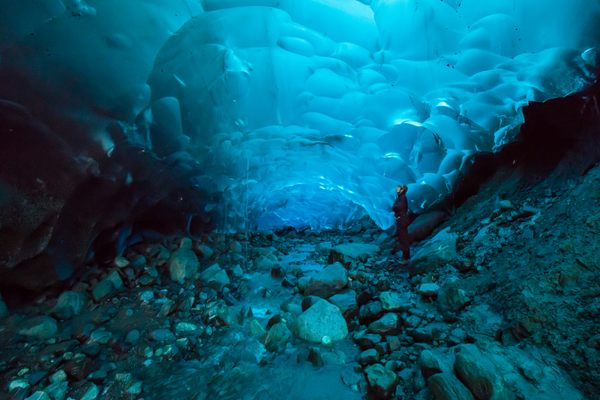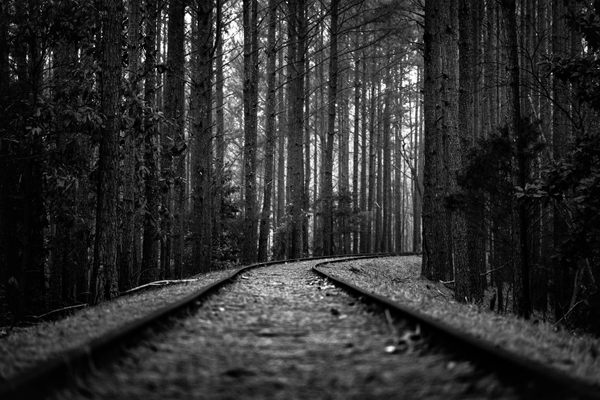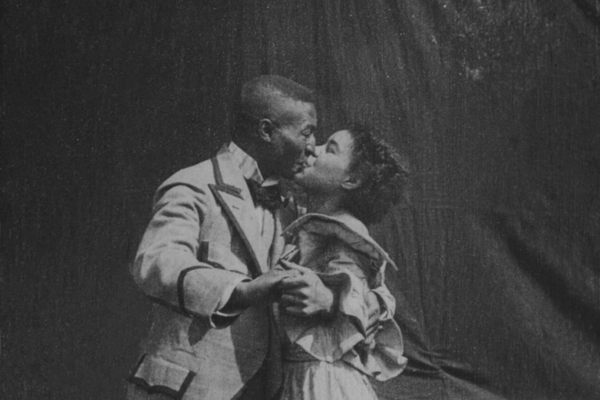Solved: A Decades-Old Ansel Adams Mystery
The answer was hidden in the shadows.

When you look at the image above, what do you think of? Most will probably take in the beauty of its subjects, the mountain Denali and nearby Wonder Lake. A photographer might admire the skill of its creator, Ansel Adams. Adventurers may feel the urge to climb.
Donald Olson sees all that and something else: a mystery. He wants to know the moment it was taken. An astrophysicist and forensic astronomer, Olson uses quantitative methods to answer questions raised by artwork, literature, and historical accounts—not the heady ones, but the basic, surprisingly slippery who, what, when, and where.
In the past, he and his team at Texas State University have figured out where Julius Caesar landed when he invaded Britain in 55 B.C. (northeast of Dover), why the British didn’t spot Paul Revere as he made his Midnight Ride (the moon was in a weird spot), and the identity of at least two mysterious yellow orbs floating in paintings: the one in Vincent Van Gogh’s White House at Night (it’s Venus) and the one in Edvard Munch’s The Girls on the Pier (it’s the moon).
More recently, they tackled two of Ansel Adams’s images of Alaska—Moon and Denali and Denali and Wonder Lake—using topographic maps, astronomical software, and webcam archives to figure out exactly when and where the photos were snapped.

Adams is a frequent target for Olson’s group. Over half a century after they were taken, his black-and-white landscape photographs continue to define the American wilderness. But as Olson writes in a new book, Further Adventures of the Celestial Sleuth, Adams’s own selective record-keeping means some of his images are literally timeless: No one knows when they were taken. He often didn’t date his negatives, and described himself as “rarely to be able to recall a date,” as Olson quotes from an exhibition catalog.
When it came to Denali and Wonder Lake, no one could even agree on the year: Olson found interviews, autobiographies, collections, and studies that claimed the photo was taken in 1947, and folios, letters, and exhibition catalogs that said 1948 instead.
But as Olson’s team has found previously, the sky itself is a peerless record. In the past, the team had used the moon’s shape and position to figure out exactly when and where another famous Adams photo, Autumn Moon, was taken. While Denali and Wonder Lake lacks any celestial objects to hang an investigation on, Moon and Denali, below, features a waxing gibbous moon glowing through the clouds.

“We realized that we could use the lunar phase and position of the sky of Moon and Denali to calculate the date of that evening scene,” Olson writes. A look at field notes from Adams, as well as from his son and travel companion, Michael, revealed that Denali and Wonder Lake had been taken the next morning.
To determine these two “whens,” they first had to figure out each “where”: the exact location of Adams’s tripod when he released the shutter. The rippled landscape of Moon and Denali provided clues. “The foreground of [the photograph] includes geological features known as ‘cirques,’ semi-circular steep-sided hollows shaped like amphitheaters,” Olson writes.
“If the image has foreground objects that we can see aligned with distant background objects, then we can use the alignments to figure out exactly where the artist was located,” Olson says, in an email. So he and a student, Ava Pope, got some detailed topographic maps of Denali National Park. By comparing the shapes of the cirques in the photograph with the contours on the maps, they were able to identify the locations of several landmarks in the photograph, and measure how far they were from each other.

Using this information, he writes “we wrote a computer program that could calculate the view from any possible spot for Ansel Adams’s tripod,” correcting for refraction and the Earth’s curvature. “Our computer program eventually produced a camera position where the calculated view appeared to match the photograph.” They then called up their man on the ground, Jon Paynter, a GIS specialist who works at the park. He traveled to the potential location—a spot on the road about eight miles from the nearest ranger station—and tweaked his positioning until he could reproduce the view himself.
The team now had the precise location of Adams’s camera when it captured Moon and Denali. Using planetarium software, which simulates the organization of the sky at particular moments in time, they asked when during the summers in question the moon’s positioning lined up with the photograph. As Olson writes, they found “one possible result: Moon and Denali was captured on July 14, 1948, at 8:28 p.m.”
Next, the team went after Denali and Wonder Lake. They calculated the relevant tripod position in the same manner. Since there was no celestial object to investigate, they decided to focus on an astronomical trace instead: the photograph’s deep shadows, which could be used to determine the sun’s position in the sky, and therefore the time of day. Their first round of calculations indicated that the photograph was taken early the next morning, between 3:40 and 3:50 a.m.

This was not quite exact enough for Olson’s team. So they sent Paynter on a different kind of chase: into the archives of the Denali National Park webcam, which has streamed a view of the mountain for years. They found a different July 15, and checked the shadows at a few different timestamps. As Olson writes, “interpolation allowed us to determine that Ansel Adams tripped the shutter for Denali and Wonder Lake on July 15, 1948, at 3:42 a.m.” The two classic photographs were taken fewer than eight hours apart.
“As a scientist, it makes my life richer to consider great works of art, important historical events, or classic literature,” Olson says, in an email. A little bit of scientific detective work can make the art richer as well. After all, if a photograph makes a moment immortal, it’s nice to know exactly which moment that was.









Follow us on Twitter to get the latest on the world's hidden wonders.
Like us on Facebook to get the latest on the world's hidden wonders.
Follow us on Twitter Like us on Facebook